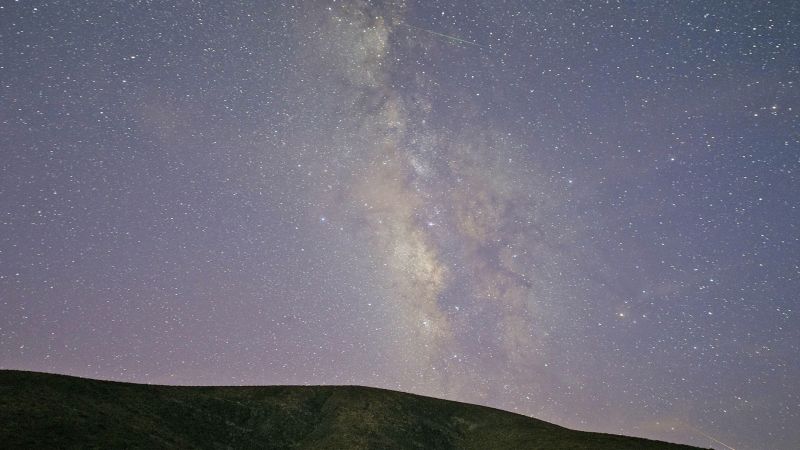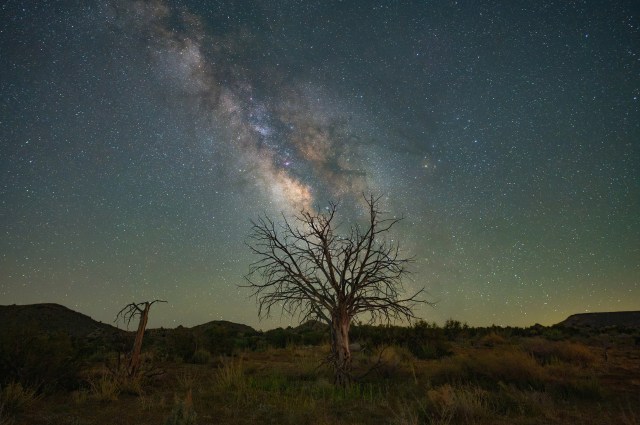/cdn.vox-cdn.com/uploads/chorus_asset/file/25434275/2150986120.jpg)
Get ready for a dazzling celestial display as the Eta Aquarid meteor shower reaches its peak this weekend. This annual event, which is caused by Earth passing through debris left by Halley's Comet, is active from April 15th to May 27th and can be seen in both the Northern and Southern Hemispheres.
The best time to view the Eta Aquarids is during the early morning hours when the moon is not present or has minimal illumination. In the Northern Hemisphere, you can expect to see around 10-30 meteors per hour during peak conditions. The Southern Hemisphere, on the other hand, offers a more impressive view with up to 40 meteors per hour.
To maximize your chances of seeing these cosmic wonders, find a location away from light pollution and lay flat on your back with your feet facing east. Remember to give your eyes about 20-30 minutes to adjust to the darkness before looking up at the sky.
The Eta Aquarids are known for their fast-moving meteors, which can travel over 40 miles per second and appear as 'Earthgrazers' or 'long meteors' that skim the surface of our planet. These meteors can be seen starting around 2AM local time in the Northern Hemisphere and radiating from the Aquarius constellation.
For those interested in learning more about Halley's Comet, it is a periodic comet that takes approximately 76 years to orbit around the sun. The last time it was visible from Earth was in 1986, and it won't be back until 2061.
The Eta Aquarid meteor shower is just one of many annual celestial events that can be observed throughout the year. Some other notable showers include the Orionids (October), Perseids (August), and Leonids (November).
:format(webp)/cdn.vox-cdn.com/uploads/chorus_asset/file/25434258/Eta_Aquarids_main.png)


